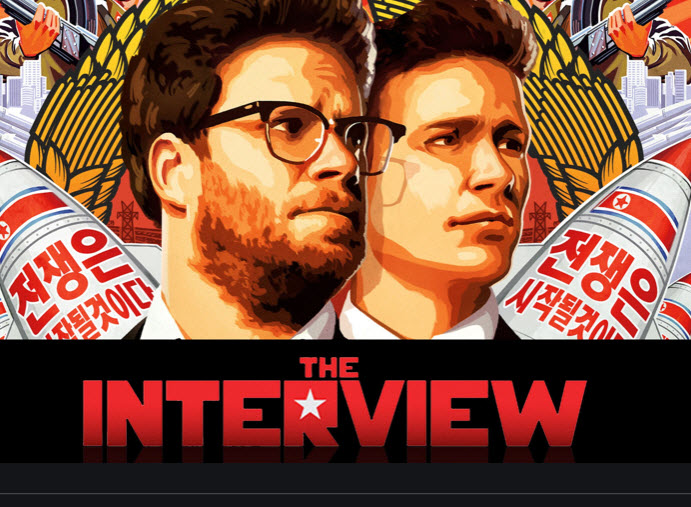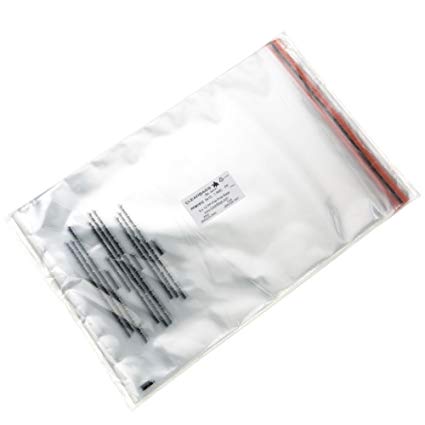The Boil-down.

When thinking about the key skill in brand planning I’d have to say the “boil-down” is most precious. What is the boil-down? Well, think of a big stock pot on the stove. Filled with liquid and other flavoring goodies. After hours of a rolling boil – bones, veggies, herbs and seasoning bobbing around in a pot – what’s left is a thick and flavorful broth or bouillon. Gently boil that some more and it will make the flavors even richer. That’s what brand planners do in order to make a nice strategy.
Of course, the filters the boil-down must pass through include all the things planners write about: category insights, consumers care-abouts, brand good-ats, culture, retail environment, competition, etc. And mastery over all theses things makes for a good planner but without the ability to boil everything down and focus on the most important, business-building, brand-building qualities is for naught.
The data can’t do this work. The algorithm can’t do this work. AI? Don’t think so. It’s the brain. It’s the ability to feel and emote. When the body goes atingle, that’s when you know the boil-down is nigh.
Peace.







